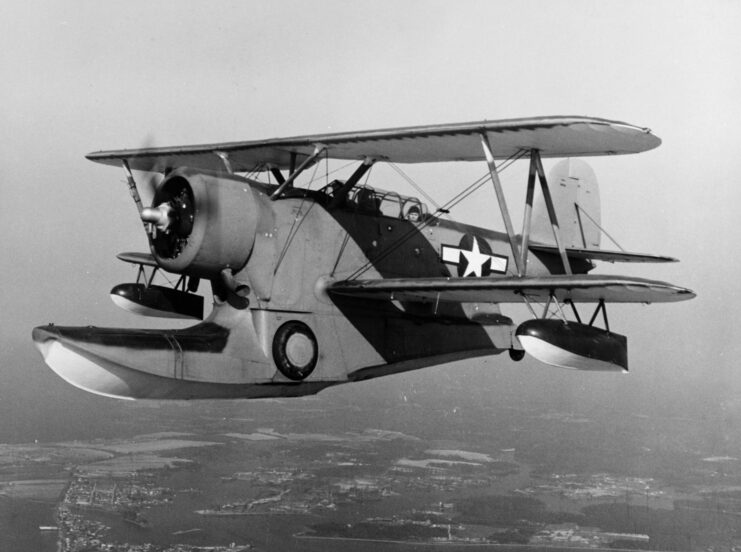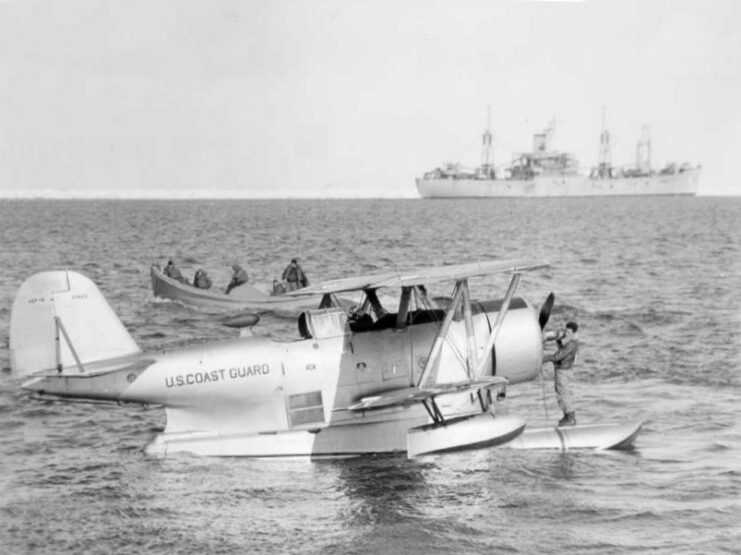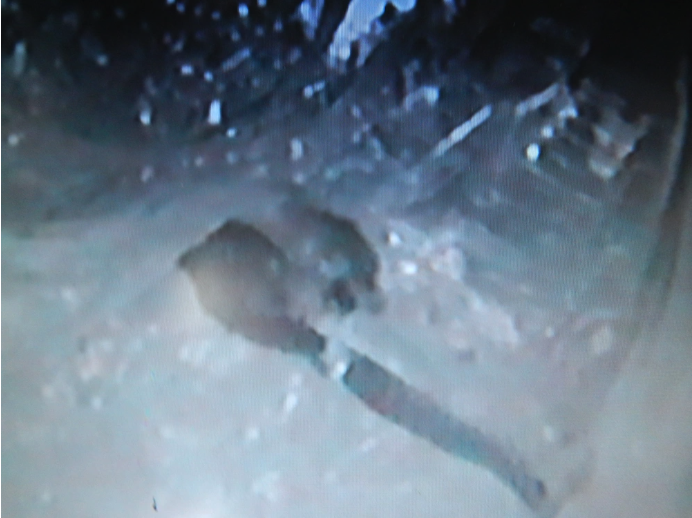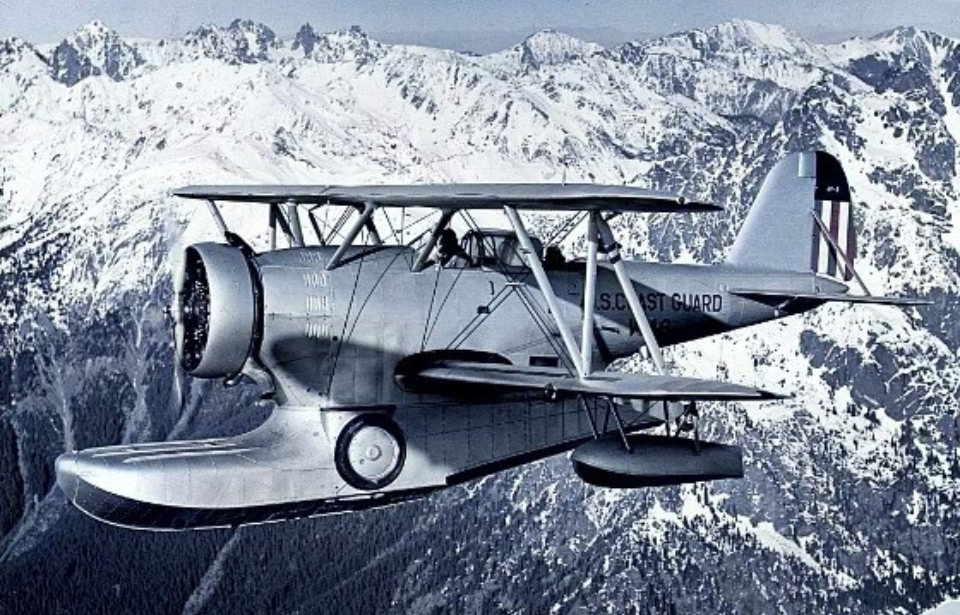The Grumman J2F Duck was an amphibious aircraft employed by the US military in different roles during World War II. Its dual ability to operate from both land and water made it ideal for a range of missions, such as reconnaissance and search and rescue. In 1942, a J2F vanished over Greenland during a rescue mission, carrying two crew members and a passenger. For many years, its fate was a mystery, but dedicated research efforts eventually found some answers.
Grumman J2F Duck

The Grumman J2F Duck took its first flight on April 2, 1936, and played an active role during the Second World War, with roughly 584 built. Eight different variants were developed, serving across the US Army Air Forces (USAAF), Navy, Marine Corps, and US Coast Guard.
As a versatile amphibious aircraft, the J2F performed various tasks, including mapping, reconnaissance, anti-submarine patrols, observation, transportation, and rescue missions. Its ability to operate on both land and sea was crucial for rescue operations, such as a mission on November 29, 1942, when a US Coast Guard J2F responded to a distress call from a Boeing B-17 Flying Fortress.
The B-17, a heavy bomber, was the second to go down in the same place in Greenland. It had been attempting to aid a US Army cargo plane that was forced to make an emergency landing.
A Grumman J2F Duck goes missing over Greenland

During its rescue mission, the B-17 Flying Fortress crash-landed, leaving many of its crew injured. The J2F Duck, stationed aboard the USCG Northland (WPG-49), set off on November 28, 1942, to assist the downed bomber. The aircraft was piloted by Coast Guardsmen Lt. John Pritchard and PO1 Benjamin Bottoms.
With the large B-17 crew and limited space on the rescue aircraft, Pritchard and Bottoms could only bring back two crew members to the Northland, leaving the others, including USAAF Cpl. Loren Howarth, behind. Despite severe weather warnings, they returned the next day to retrieve Howarth. However, while en route back to the Northland, they encountered whiteout conditions.
After requesting navigation assistance, the J2F’s crew was never heard from again. A few days later, the wreckage of the aircraft was discovered, reportedly in poor condition, with no signs of life. It remains unknown if the three men survived the crash.
With no word from the crew after a month, those aboard the Northland continued the mission to rescue the remaining B-17 crew. By the following March, the evacuation was completed. Lt. Pritchard and PO1 Bottoms were posthumously awarded the Distinguished Flying Cross for their heroic efforts in rescuing the bomber’s crew.
Several search missions have been conducted

While the J2F Duck could be seen on Greenland’s ice for many years, it took almost 70 for further rescue efforts to be made, long after it had sunk below the surface.
The first successful mission was made in 2013 via a joint effort by the US Coast Guard and North South Polar Inc., who wanted to bring the bodies of the deceased crewmen home before their last remaining relatives died. They identified black cables under the ice, which were consistent with those from a J2F.
A 2018 mission by Global Exploration and Recovery (GEaR) was somewhat more conclusive. The organization used radar to identify an anomaly in a glacier that was roughly the size of the missing J2F and in a similar area to where it’s believed to have gone missing.
New! Want to become a trivia master? Sign up for our War History Fact of the Day newsletter!
More from us: Albert Hickman: The F3H Demon Pilot Who Refused to Eject and Saved the Lives of 700 Americans
The most recent recovery mission was conducted by The Fallen American Veterans Foundation, which focuses on bringing back the bodies of those who’ve fell in action to the US. Their goal was – and still is – the return of Pritchard, Bottoms and Howarth’s bodies to their families.
As of publishing, there’s been no word regarding if they’ve been successful in their efforts.
